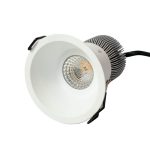Unraveling the Mystery: Why Are My LED Light Strips Showing Different Colors?
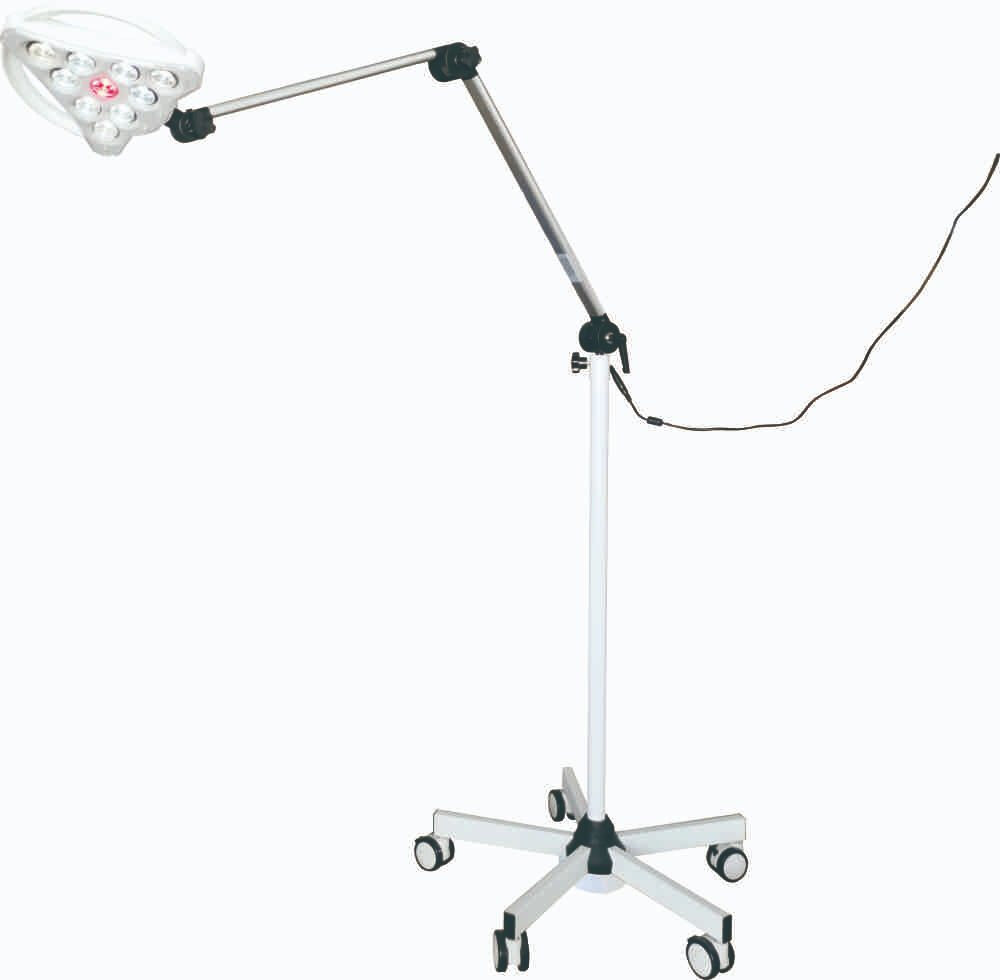
LED light strips have become quite popular in recent years, thanks to their energy efficiency and versatility. They are used in a variety of settings, from homes and businesses to entertainment venues and outdoor spaces. However, one issue that many people face when using LED light strips is that they often show different colors. This can be frustrating, especially if you want your lights to match a specific color scheme or create a particular ambiance. In this article, we will explore the reasons behind this issue and provide some helpful tips for how to address it. There are several factors that can contribute to LED light strips showing different colors. One of the most common causes is the quality of the LED chips themselves. Cheaper LED chips may have inconsistencies in color temperature or color rendering index (CRI), which can lead to variations in the color of the light they produce. Additionally, the quality of the power supply and controller used to operate the LED light strips can also play a role. Poor-quality power supplies may not provide consistent voltage, which can cause the LED chips to produce different colors. Similarly, low-quality controllers may not be able to accurately adjust the color of the light, leading to inconsistencies.
If you’re experiencing issues with your LED light strips displaying different colors, it could be due to a variety of reasons. One possible explanation is a poor connection between the light strips and the power source. This could cause voltage drops and uneven power distribution, resulting in inconsistent coloration. Another possible cause is interference from other electronic devices, which can disrupt the signal to the LED light strips and cause them to display different colors. Additionally, it’s important to ensure that all of your LED light strips are from the same manufacturer and have the same specifications, as mixing and matching can result in varying color temperatures and brightness levels. By addressing these potential issues, you can help ensure that your LED light strips display consistent and accurate colors.
Understanding the root cause of any problem is crucial to finding a solution. In the case of LED light strips showing different colors, it is essential to investigate and identify what is causing the issue. Without understanding the root cause, attempting to fix the problem may only provide temporary relief, and the issue could return. By identifying the source of the problem, one can take the necessary steps to address it, whether that means replacing faulty components or adjusting the settings. This knowledge can also help prevent similar problems from occurring in the future. Therefore, understanding the root cause is essential for solving problems effectively and efficiently.
Quality of LED Light Strips
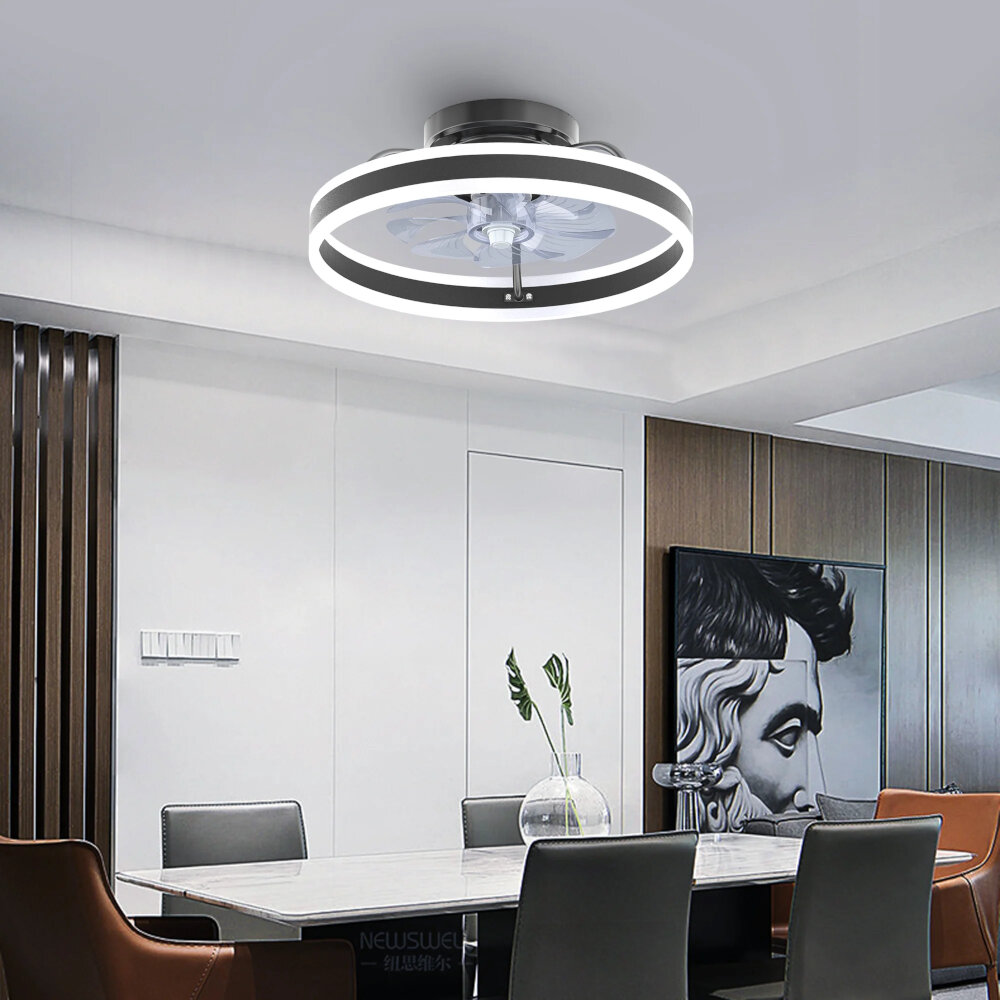
The quality of LED light strips can vary greatly depending on the manufacturer and the materials used. Some LED light strips may have inconsistent color temperature or brightness, which can be noticeable when multiple strips are used in the same space. To ensure high-quality LED light strips, it is important to look for products that use high-quality materials and have been thoroughly tested for color consistency. One factor that can affect the quality of LED light strips is the type of LED used. Some manufacturers use lower-quality LEDs that may not produce consistent colors or brightness over time. Additionally, the quality of the wiring and circuitry in the LED light strip can also impact its performance. It is important to choose a reputable manufacturer that uses high-quality materials and has a history of producing reliable products. By doing so, you can ensure that your LED light strips will provide consistent and accurate colors, even when used in large installations.
LED light strips have become increasingly popular in recent years, thanks to their energy efficiency and versatility in lighting design. However, not all LED light strips are created equal. There are a variety of qualities that can affect the colors and brightness of the light emitted by LED strips. One factor is the color temperature of the LEDs, which can range from warm white to cool white. Another important consideration is the color rendering index (CRI), which measures how accurately the light shows colors compared to natural light. Additionally, the density of the LEDs on the strip can affect the brightness and evenness of the light. Finally, the quality of the materials and construction of the LED strip can impact its durability and longevity. Understanding the different qualities of LED light strips can help you choose the best option for your lighting needs.
The quality of LED light strips plays a crucial role in ensuring color consistency. LED light strips of poor quality may contain diodes with different color temperatures, resulting in uneven color distribution and inconsistency. Moreover, low-quality LED strips may have inferior phosphor coatings, which can cause the colors to appear dull and washed out. In contrast, high-quality LED light strips have precise calibration and use materials that produce consistent colors. Additionally, they have better color rendering capabilities, allowing them to produce accurate colors. Hence, investing in quality LED light strips is essential to achieving color consistency and ensuring that your lighting design looks professional and polished.
Power Supply

The power supply plays a crucial role in ensuring that LED light strips display uniform colors. The power supply is responsible for regulating the voltage and current that is supplied to the LED light strips. If the voltage and current are not regulated correctly, the LED light strips may display different colors. The power supply must be able to provide the appropriate voltage and current to the LED light strips, taking into account the length and type of strip being used. It is also important to ensure that the power supply is of high quality and is compatible with the LED light strips being used. A poor quality power supply can cause fluctuations in voltage and current, leading to erratic color display. When selecting a power supply for LED light strips, it is important to consider the wattage required by the strips. The wattage required by the LED light strips is determined by the length and type of strip being used. It is recommended to choose a power supply that has a wattage that is slightly higher than the wattage required by the LED light strips. This ensures that the power supply is not overloaded and can provide a stable supply of voltage and current to the LED light strips. Additionally, it is important to ensure that the power supply is properly installed and connected to the LED light strips. A loose connection can cause voltage and current fluctuations, leading to inconsistent color display. By selecting the appropriate power supply and ensuring proper installation, LED light strips can display uniform colors and provide a visually appealing lighting solution.
The power supply is one of the crucial components that affect the color consistency of LED light strips. A stable and consistent power supply ensures that the LED lights receive the correct voltage and current, which determines the brightness and color temperature of the LED strips. If the power supply is unstable or fluctuates, it can cause the LED lights to flicker or change color, leading to inconsistent color output. Furthermore, a poor-quality power supply may not be able to handle the load of the LED lights, resulting in reduced brightness and color inconsistency. Therefore, it is important to choose a high-quality power supply that meets the voltage and current requirements of the LED light strips to ensure consistent and accurate color output.
Power supply issues are one of the most common problems that can affect LED light strips. Some of the most common issues include voltage drops, which can occur when the power supply is not providing enough voltage to the lights. This can cause the lights to appear dim or flicker. Another issue is overloading, which can occur when too many lights are connected to the power supply. This can cause the power supply to overheat and fail, which can be dangerous. In some cases, faulty wiring or components can also cause power supply issues, so it is important to have a professional inspect and repair any problems.
Control Method
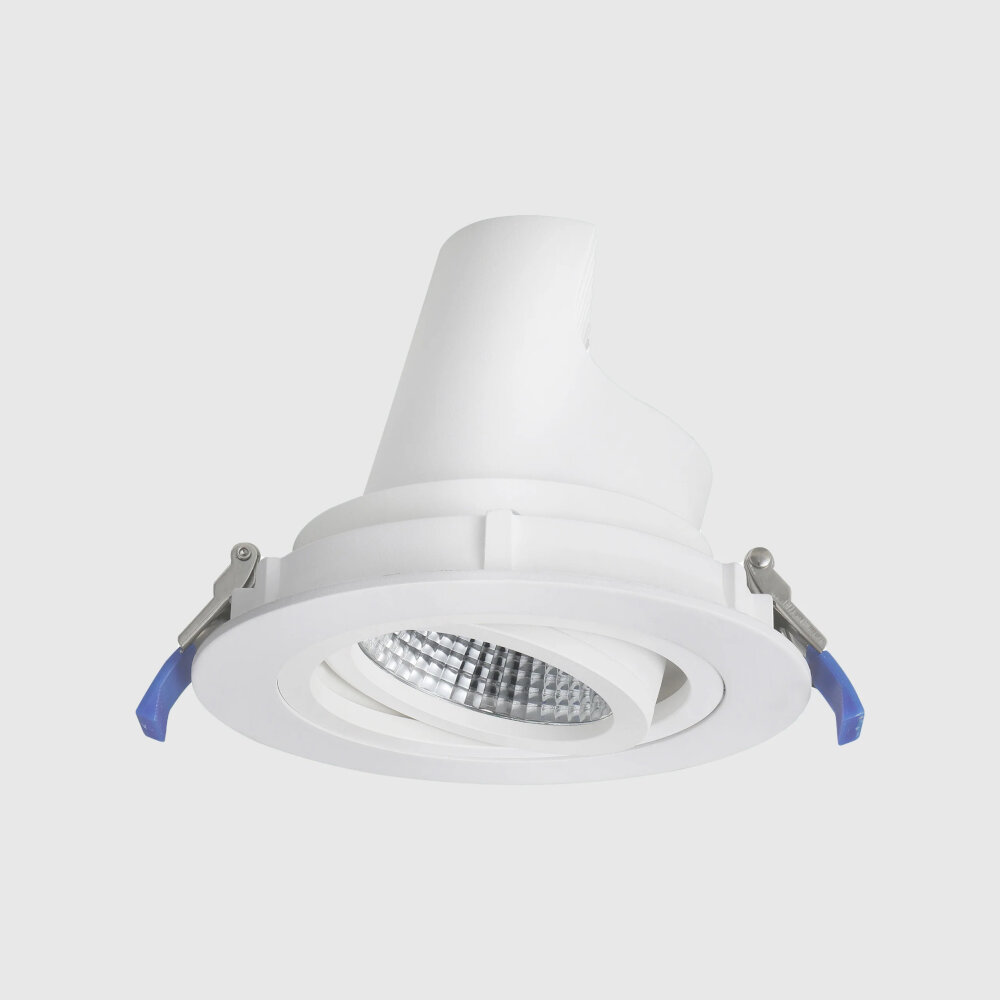
One of the key factors that affect the color consistency of LED light strips is the control method used. The control method plays a vital role in determining the accuracy and stability of the color output. There are two primary control methods used in LED light strips: analog control and digital control. Analog control is the traditional method that uses resistors to regulate the current flowing through the LEDs. This method is relatively simple and cost-effective, but it is prone to color inconsistencies due to fluctuations in the current. Digital control, on the other hand, uses microcontrollers to regulate the current and monitor the color output. This method is more precise and stable, as it can adjust the current according to the desired color output. However, it is also more complex and expensive than analog control. In conclusion, the control method used in LED light strips is a crucial factor that affects the color consistency. Analog control is a simple and cost-effective method, but it is prone to color inconsistencies due to fluctuations in the current. Digital control, on the other hand, is more precise and stable, but it is also more complex and expensive. When choosing an LED light strip, it is essential to consider the control method and ensure that it meets the desired color consistency requirements. By selecting the right control method, users can enjoy uniform and accurate color output from their LED light strips.
There are several control methods available for LED light strips, each with its own advantages and disadvantages. One of the most popular methods is the use of a remote control, which allows users to change the color and brightness of the lights from a distance. Another method is the use of a mobile app or smart home device, which provides even greater control and the ability to program the lights to turn on and off at specific times. More advanced control methods include DMX, DALI, and ZigBee, which are used in commercial and industrial settings to control large numbers of LED lights. Ultimately, the choice of control method will depend on the specific needs and preferences of the user, as well as the complexity and scale of the lighting project.
The control method used in LED lighting systems can greatly affect color consistency. PWM (pulse-width modulation) control is a common method that rapidly turns the LEDs on and off to adjust brightness. However, this can result in color shift as different LED chips have different response times. On the other hand, constant current control maintains a steady current flow to the LEDs, preventing color shift. Additionally, the color temperature of the LED can also be affected by the control method used. Therefore, it is important to carefully consider the control method when designing an LED lighting system to ensure consistent and accurate color output.
Environmental Factors
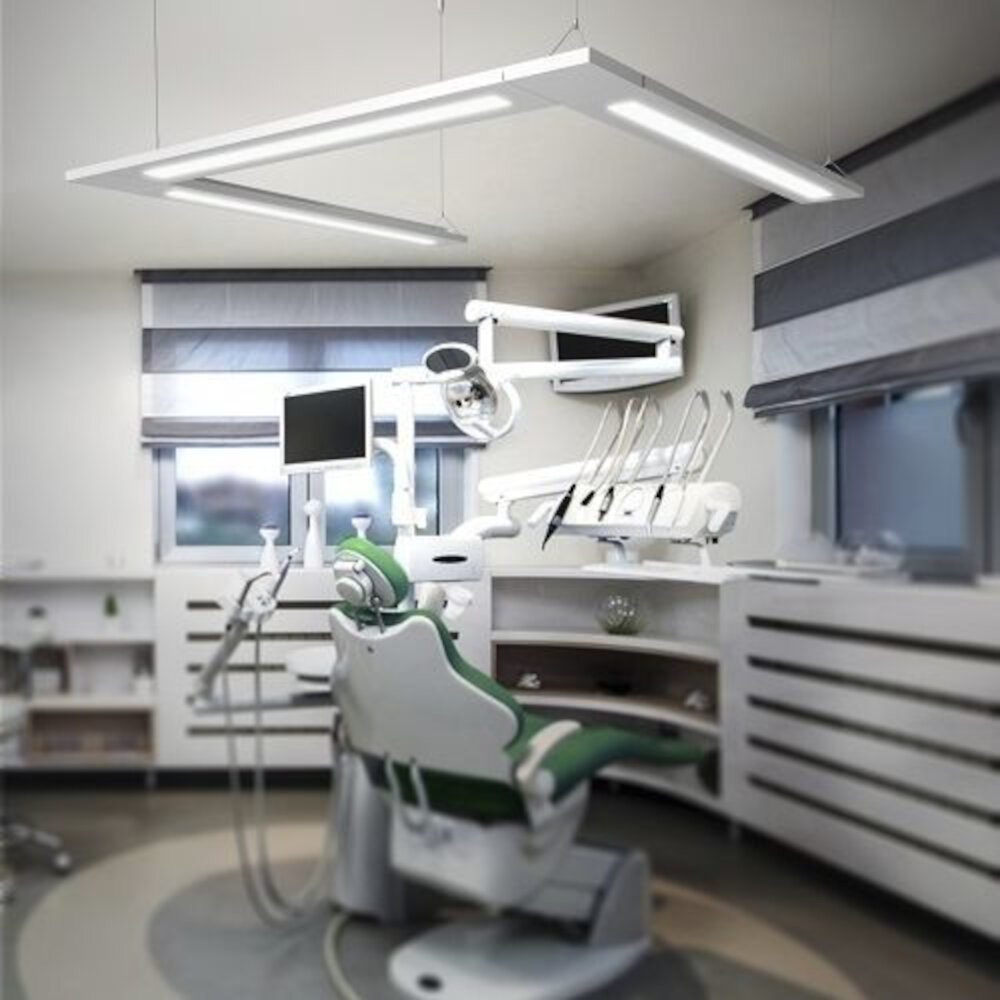
Environmental factors can have a significant impact on the color display of LED light strips. One of the most significant environmental factors is temperature. LED lights are known for their sensitivity to temperature changes, and this sensitivity can cause LED light strips to display different colors. If the temperature is too high, the LED lights may emit a warmer color tone. On the other hand, if the temperature is too low, the LED lights may emit a cooler color tone. Therefore, it is essential to consider the temperature of the environment in which the LED light strips are installed to ensure that the colors are displayed correctly. Another environmental factor that can affect the color display of LED light strips is humidity. High humidity levels can cause LED light strips to display different colors or even malfunction. This is because high humidity can cause corrosion or rust on the metal components of the LED lights, which can affect their performance. Therefore, it is crucial to ensure that the environment in which the LED light strips are installed is not too humid. Additionally, it is recommended to install LED light strips in areas with good ventilation to reduce the risk of humidity buildup. By considering environmental factors such as temperature and humidity, users can ensure that their LED light strips display the correct colors and function optimally.
Environmental factors can have a significant impact on color consistency in LED light strips. One of the primary factors is the type of lighting in the environment. LED light strips can appear different colors depending on whether they are viewed in natural sunlight, fluorescent lighting, or incandescent lighting. Additionally, the temperature of the room can affect the color consistency of LED light strips. High temperatures can cause the LED chips to emit different colors than they were designed to, resulting in color shifts. Finally, the quality of the power supply can also impact color consistency. Low-quality power supplies can cause fluctuations in voltage, which can cause color inconsistencies in LED light strips. Therefore, it is essential to consider these environmental factors when designing or installing LED light strips to ensure consistent and accurate colors.
Environmental factors can have a significant impact on the performance of LED light strips, causing them to display different colors. One common issue is temperature, as LEDs are sensitive to heat and can produce different colors when exposed to high temperatures. Humidity is another factor that can affect the color of LED light strips, as moisture can enter the circuit and disrupt the electrical flow. Additionally, exposure to sunlight and other sources of UV radiation can cause the colors of the LED strips to fade over time. These environmental factors can all contribute to the inconsistency in color that users may experience with their LED light strips.
In conclusion, LED light strips showing different colors can be due to various reasons, including manufacturing defects, electrical issues, and environmental factors. It is crucial to ensure that the LED light strips are of high quality, and the power source is compatible. Additionally, checking the wiring and connections can help identify any issues. Proper installation, maintenance, and usage can also prevent color discrepancies from occurring. Finally, understanding the color temperature and selecting the appropriate LED light strip can help achieve the desired lighting effect. By considering these factors, one can unravel the mystery behind why LED light strips show different colors and optimize their lighting experience.
In conclusion, addressing color consistency issues in LED light strips requires a systematic approach. The first step is to identify the root cause of the problem, which could be related to manufacturing defects, differences in color temperature or CRI values, or variations in the quality of the LED chips. Once the cause is identified, appropriate measures should be taken to address the issue, such as selecting LED strips with consistent color performance, adjusting color settings through software, or using color calibration tools. It is also essential to test the color consistency of LED light strips before installation and periodically after installation to ensure that the colors are consistent over time. In addition, involving experts and professionals in the selection and installation process can help to ensure that color consistency issues are minimized. By following these recommendations, you can achieve optimal color consistency in your LED light strips, enhancing the aesthetic appeal and functionality of your lighting system.
Conclusion

In conclusion, the issue of LED light strips showing different colors can be attributed to various factors, including poor quality control during manufacturing, power supply issues, and even environmental factors such as temperature and humidity. It is essential to ensure that you purchase high-quality LED light strips from reputable manufacturers, use the correct power supply, and maintain a suitable environment to avoid color discrepancies. Additionally, it is advisable to seek professional help when troubleshooting such issues to avoid further damage to your LED light strips. With the right measures in place, you can enjoy consistent and vibrant lighting that enhances your living or working space.




